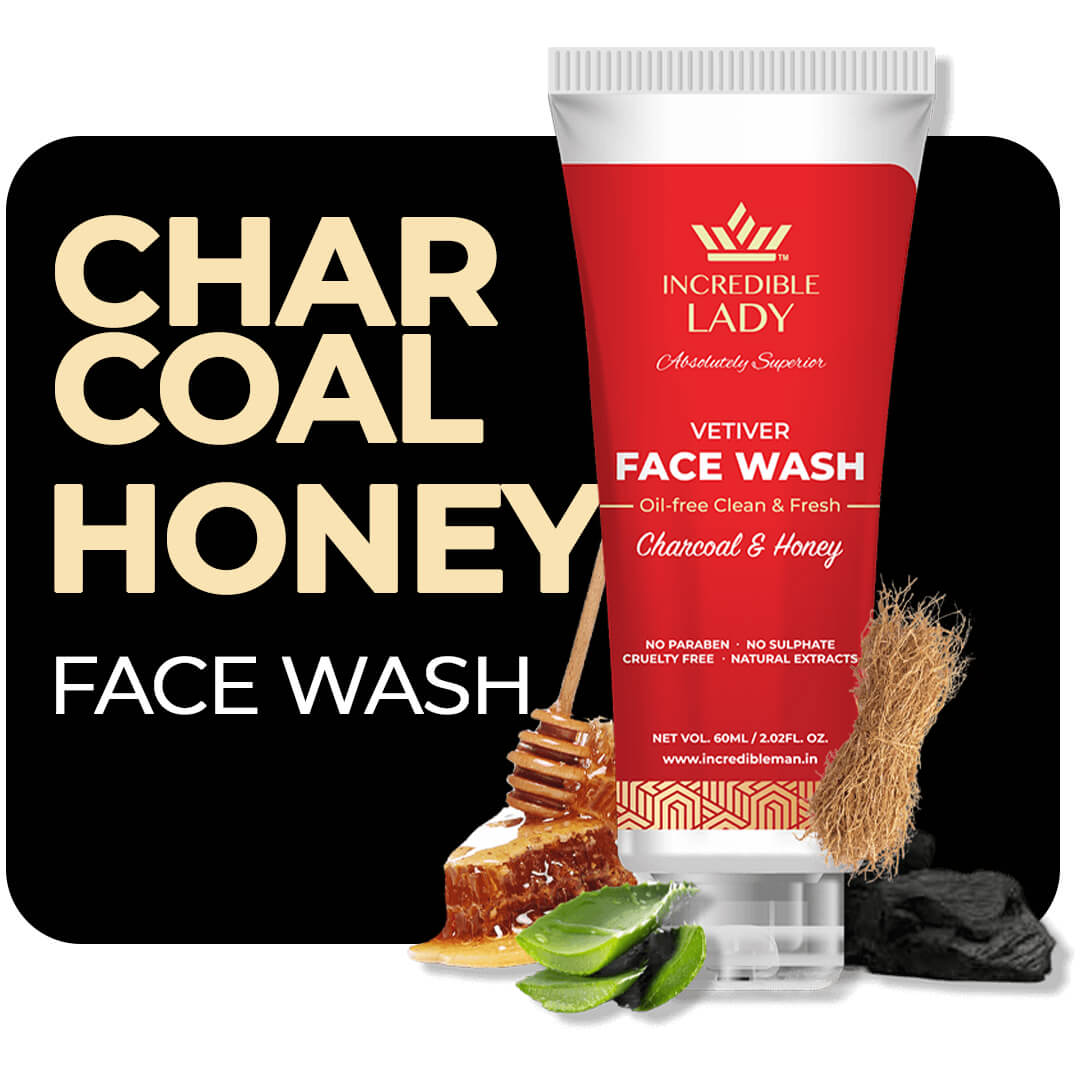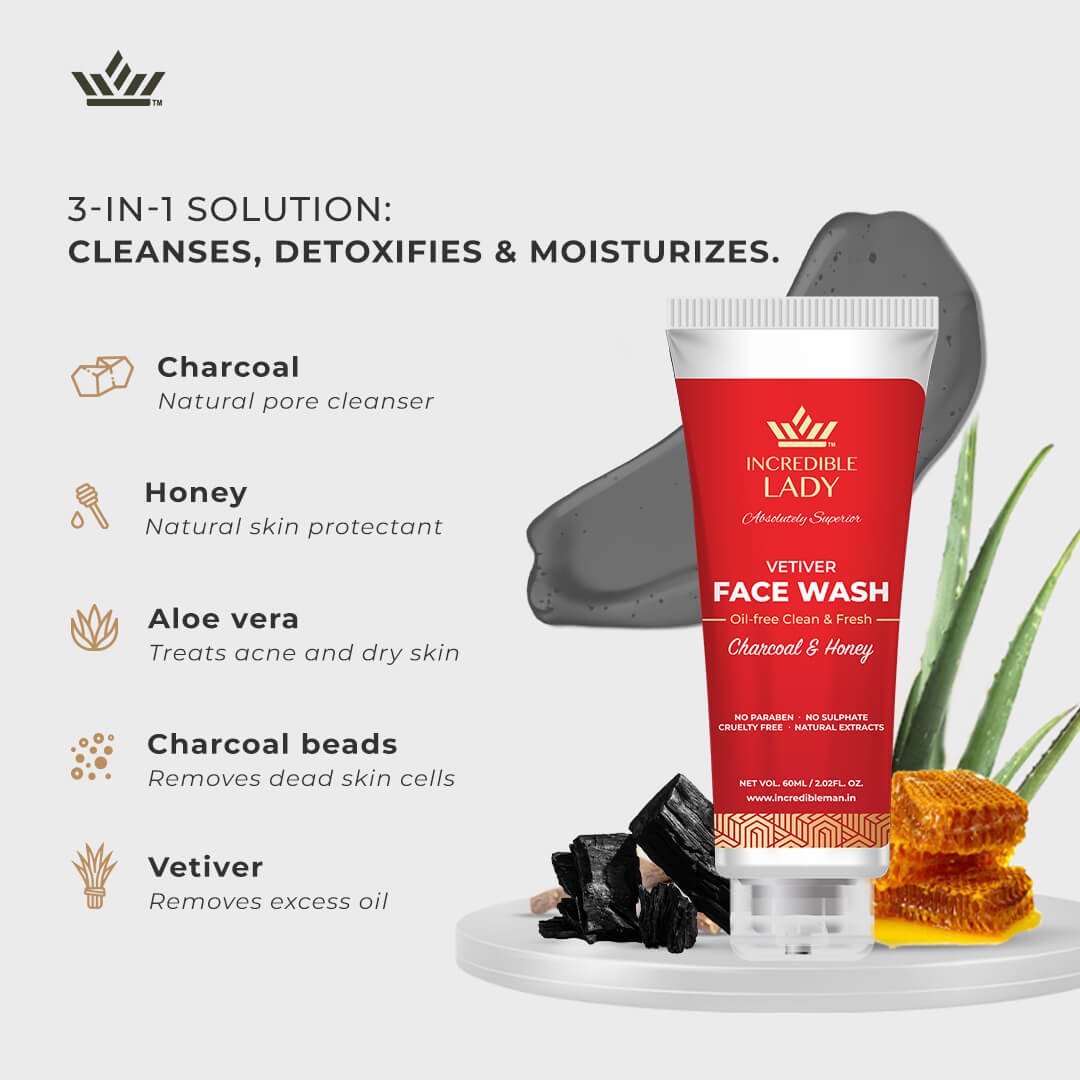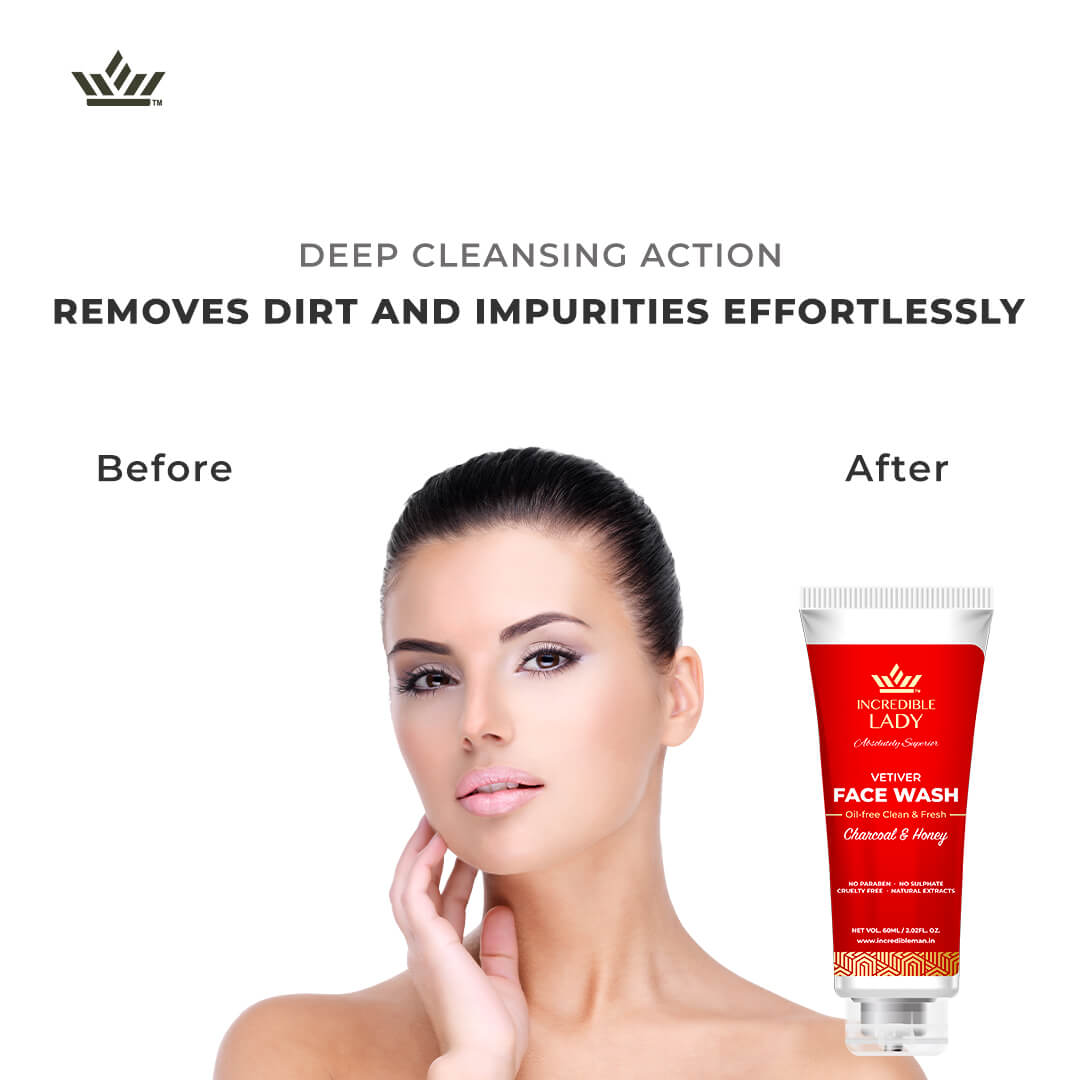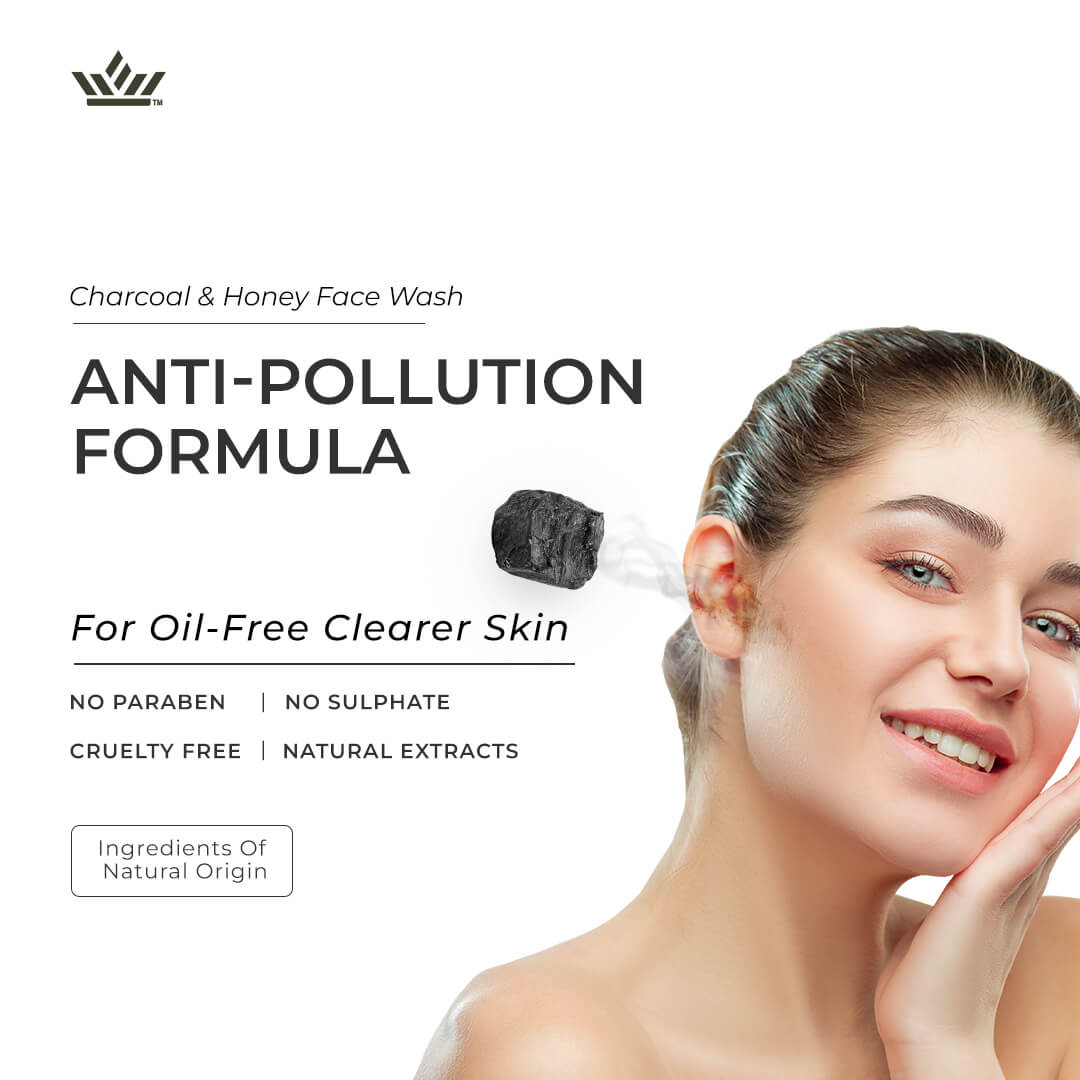Understanding how to know your skin type is essential for creating an effective skincare routine. Different skin types have varying needs, and using the right products can significantly enhance your skin’s health. This guide will walk you through the steps to accurately identify your skin type.
Step 1: Perform the Bare-Faced Test
- Cleanse Your Skin: Start with a gentle cleanser to remove makeup, dirt, and excess oil. Avoid products that contain alcohol or harsh chemicals.
- Pat Dry: Use a fresh towel to gently pat your face dry after cleansing.
- Wait for One Hour: Leave your skin bare (no products) for about an hour. Your skin can revert to its original form as a result.
Step 2: Analyze Your Skin
After an hour, assess your skin based on the following characteristics:
Oily Skin
- Appearance: Shiny, particularly in the T-zone (forehead, nose, chin).
- Feel: Greasy to the touch.
- Characteristics: Enlarged pores and frequent breakouts are common.
Dry Skin
- Appearance: Dull and flaky, with possible redness.
- Feel: Tight and rough.
- Characteristics: May be sensitive and prone to irritation.
Combination Skin
- Appearance: Oily in the T-zone but dry or normal on the cheeks.
- Feel: Varies across the face; some areas may feel greasy while others feel dry.
- Characteristics: Balancing products is key.
Sensitive Skin
- Appearance: Redness or blotchiness.
- Feel: Itchy, burning, or irritated.
- Characteristics: Can occur with any skin type; requires gentle, hypoallergenic products.
Step 3: Consider External Factors
Your skin type can change due to various factors, including:
- Seasonal Changes: Dryness in winter and oiliness in summer.
- Diet: High sugar and processed foods can exacerbate oiliness or sensitivity.
- Stress: Can lead to breakouts or other skin issues.
- Hormonal Changes: Menstrual cycles or hormonal treatments can affect skin type.
Step 4: Consult a Dermatologist
If you’re unsure about your skin type or have persistent issues, consider consulting a dermatologist. They can provide a professional analysis and recommend suitable products for your specific needs.
Quick Tip:
Also, learn more about How to Reduce Melanin in Skin
Step 5: Customize Your Skincare Routine
Now that you know how to know your skin type, tailor your skincare regimen:
For Oily Skin
- Cleansers: Gel-based or foaming cleansers.
- Moisturizers: Oil-free, lightweight formulations.
- Treatment: Products with salicylic acid or benzoyl peroxide can help reduce breakouts.
For Dry Skin
- Cleansers: Cream-based cleansers to retain moisture.
- Moisturizers: Rich creams with ingredients like hyaluronic acid and ceramides.
- Treatment: Consider occlusives like petrolatum to lock in moisture.
For Combination Skin
- Cleansers: Gentle, non-foaming cleansers.
- Moisturizers: Use a lightweight lotion for the T-zone and richer creams for dry areas.
- Treatment: Balance products with both hydrating and oil-control ingredients.
For Sensitive Skin
- Cleansers: Fragrance-free, gentle cleansers.
- Moisturizers: Soothing, hypoallergenic formulas.
- Treatment: Avoid harsh exfoliants and opt for calming ingredients like aloe vera and chamomile.
Conclusion
Knowing how to know your skin type is the first step toward achieving a healthy and radiant complexion. By understanding your skin’s needs and tailoring your routine accordingly, you can enhance your skincare journey. Regularly reassess your skin, especially with seasonal changes or shifts in your lifestyle. Remember, the more you know about how to know your skin type, the better your skincare results will be. Happy skincare!
To identify your skin type, cleanse your face and leave it bare for a few hours. Observe how it feels—tight, oily, or balanced.
The four skin types are normal, oily, dry, and combination.
Dry skin often feels tight, rough, or flaky and may have visible redness or irritation.
Oily skin appears shiny, especially in the T-zone, and may have enlarged pores or frequent breakouts.
Oily skin is most prone to pimples due to excess oil production.
The rarest skin type is typically considered to be dry, sensitive skin.
To check your skin tone, examine your skin’s undertones under natural light and see if they appear warm, cool, or neutral.
There’s no “best” skin type; each has its own needs and challenges.
It depends on individual preference and care routines. Oily skin can age slower but may have breakouts; dry skin can be more prone to irritation.
To determine if your face is dry or oily, observe how your skin feels after cleansing. If it feels tight, rough, or flaky, it’s likely dry. If it appears shiny, especially in the T-zone, and feels greasy, it’s probably oily.









